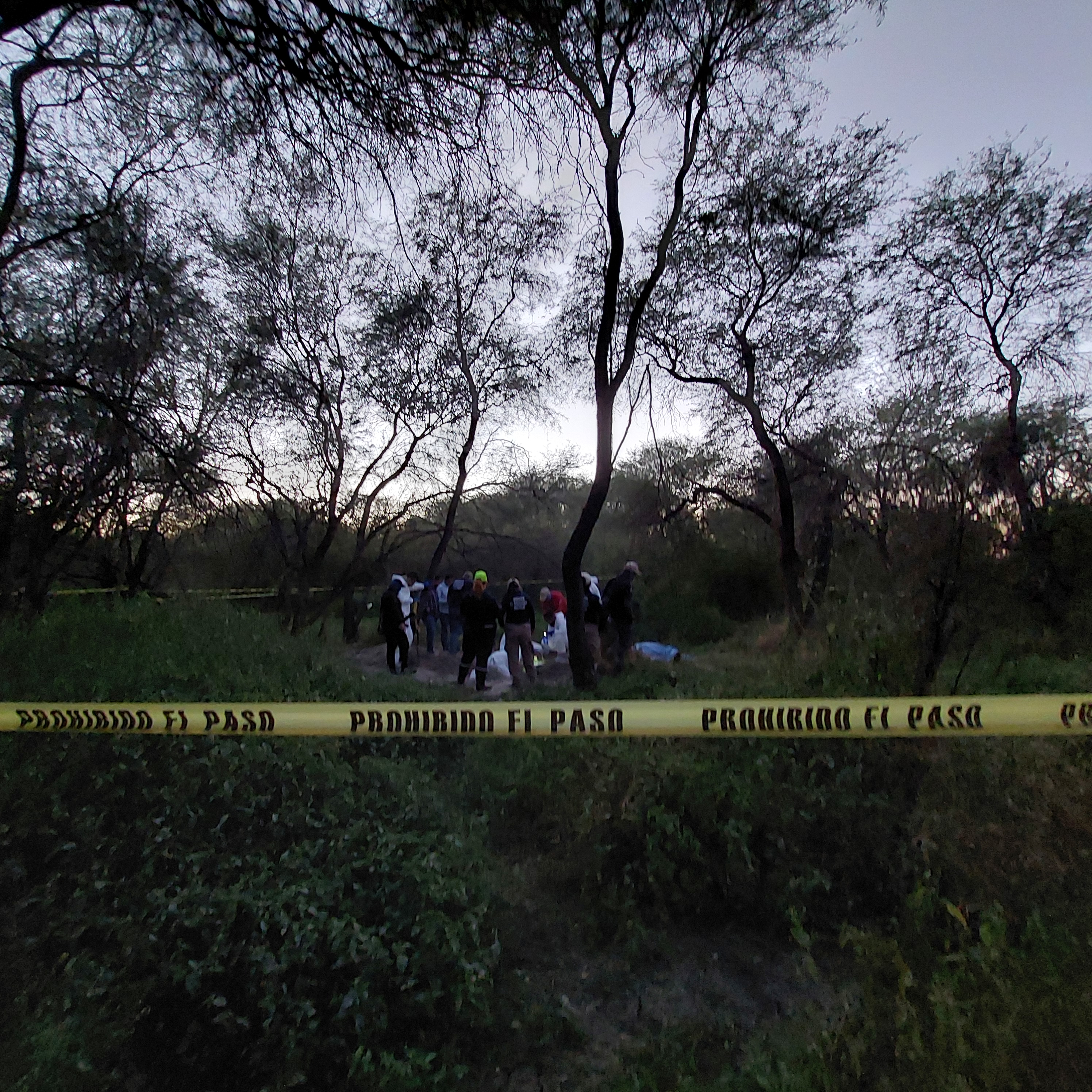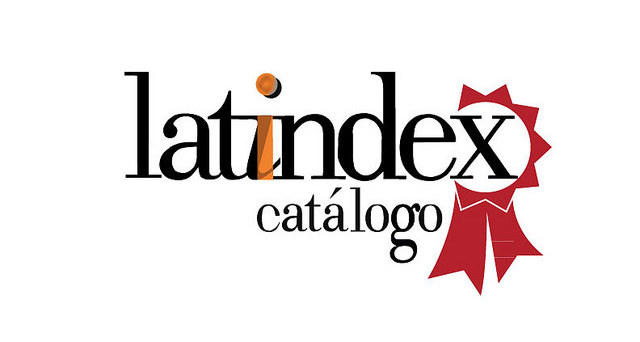The Search: Following Metaphorical FootprintsOn a City’s Margins
DOI:
https://doi.org/10.29340/en.v7n13.337Keywords:
Disappeared, clandestine graves, search, bodies, MexicoAbstract
Former Mexican President Felipe Calderón launched the war on
drugs in 2006 as a strategy to dismantle vast drug trafficking networks. That war has cost the lives of thousands of people, many of whom are buried in mass graves. By focusing on a single day in the search for bodies, this ethnography describes and analyzes one of the brutal aftereffects of this security strategy. One key topic is the different ways in which actors stake out the rights of the lifeless bodies in these graves, from the mothers who dig into the earth to find tesoros
(treasures) to the state apparatus that attempts to control the process.
Downloads
References
Aceves, Jorge, Renée de la Torre y Patricia Safa (2004). “Fragmentos urbanos de una misma ciudad: Guadalajara”, Espiral. Estudios sobre Estado y Sociedad 11, pp. 277- 320.
Bennett, Jane (2022). Materia vibrante. Una ecología política de las cosas. Buenos Aires: Caja Negra.
Biehl, João y Peter Locke (2017). “Introduction”, en João Biehl and Peter Locke (eds.). Unfinished:The Anthropology of Becoming. Durham: Duke
University Press, pp. 1-38.
Boscoboinik, Andrea (2014). “Introduction. Risks and Fears from an Anthropological Viewpoint,” en Andrea Boscoboinik y Hanna Horakova (eds.). The Anthropology of Fear: Cultures Beyond Emotions. Münster: Lit Verlag, pp. 9-26.
Correa-Cabrera, Guadalupe (2017). Los Zetas Inc. Austin: University of Texas Press.
Das, Veena (2000). “The Act of Witnessing: Violence, Poisonous Knowledge, and Subjectivity”, en Veena Das, Arthur Kleinman, Mamphele Ramphele y Pamela Reynolds (eds.). Violence and Subjectivity. Berkeley: University of California Press, pp. 59-92.
Das, Veena y Deborah Poole (2004). “Introduction,” en Veena Das y Deborah Poole (eds.). Anthropology in the Margins of the State. Santa Fe: School of American Research Press, pp. 1-32.
Félix, Humberto (2011). Tijuana la horrible. Entre la historia y el mito. Tijuana: COLEF.
Gordillo, Gastón (2014). Rubble: The Afterlife of Destruction. Durham: Duke University Press.
Latour, Bruno (2005). Reassembling the Social: An Introduction to Actor-Network-Theory. Oxford: Oxford University Press.
Langdon, Esther (2006). “Performance e sua diversidade como paradigma analítico: A contribuição da Abordagem de Bauman e Briggs”, Ilha
Revista de Antropologia, núm. 1-2, pp. 162-183.
Lomnitz, Claudio (2023). Antropología de la zona del silencio. Curso ofrecido en El Colegio Nacional del 7 al 16 de marzo.
Marcus, George (2001). “Etnografía en/del sistema mundo. El surgimiento de la etnografía multilocal”, Alteridades, núm. 22, pp. 111-127.
Mastrogiovanni, Federico (2019). Ni vivos ni muertos. La desaparición forzada en México como estrategia de terror. México: De Bolsillo.
Movimiento por Nuestros Desaparecidos en México (2021). La crisis forense en México: más de 52,000 personas fallecidas sin identificar. México: MNDM.
Norget, Kristin (2021). “Bones, Blood, Wax, and Papal Potencies: Neo-Baroque Relics in Mexico”, Material Religion, núm. 17, pp. 355-380.
Rea, Daniela (2021). “Desaparecido es un lugar”, en Pie de Página, 26 de agosto de 2021. Recuperado de: https://piedepagina.mx/desapare-
cido-es-un-lugar/
Rodríguez, Manuela (2009). “Entre ritual y espectáculo, reflexividad corporizada en el candombe”, Revista Avá, núm. 14, pp. 145-161.
Rojas-Perez, Isaias (2017). Mourning Remains. State Atrocity, Exhumations, and Governing the Disappeared in Peru’s Postwar Andes. Stanford: Stanford University Press.
Rubin, Johan (2015). “Una aproximación al concepto de desaparecido: reflexiones sobre El Salvador y España”, Alteridades, núm. 25, pp. 9-24.
Schwarcz, Lilia (2017). “I Was Cannibalized by an Artist: Adriana Varejão, or Art as Flux”, en João Biehl y Peter Locke (eds.). Unfinished:The An-
thropology of Becoming. Durham: Duke University Press, pp. 173-196.
Strickland, Danielle (2019). Jóvenes, violencia y miedo, la (in)seguridad en el Cerro del Cuatro. Zapopan: El Colegio de Jalisco.
Universidad de Guadalajara (2009). “Condiciones de la cuenca El Ahogado”, Gaceta UdeG, 9 de marzo de 2009. Recuperado de: http://www.gaceta.udg.mx/Condiciones-de-la-Cuenca-El-Ahogado/
Zavala, Oswaldo (2022). La guerra en palabras. Una historia intelectual del “narco” en México (1975-2020). México: Debate.
Valencia, Sayak (2010). Capitalismo gore. Santa Úrsula de Tenerife: Melusina.

Downloads
Published
Issue
Section
License
Copyright (c) 2024 Encartes

This work is licensed under a Creative Commons Attribution-NonCommercial 4.0 International License.
Aviso de derechos de autor
- Los autores/as conservan los derechos de autor y ceden a la revista el derecho a la primera publicación con el trabajo registrado con la licencia de atribución Creative Commons, que permite a terceros utilizar lo publicado siempre que mencionen la autoría del trabajo y a la primera publicación en esta revista
- Los autores/as pueden realizar otros acuerdos contractuales independientes y adicionales para la distribución no exclusiva de la versión del artículo publicado en esta revista (por ej. Incluirlo en un repositorio institucional o publicarlo en un libro) siempre que indiquen claramente que el trabajo se publicó por primera vez en esta revista.
El material puede ser copiado, distribuido, comunicado, ejecutado públicamente. Se pueden hacer obras derivadas de él. No se puede utilizar para fines comerciales. Se debe reconocer y citar la obra de la forma en que tú especifiques.









